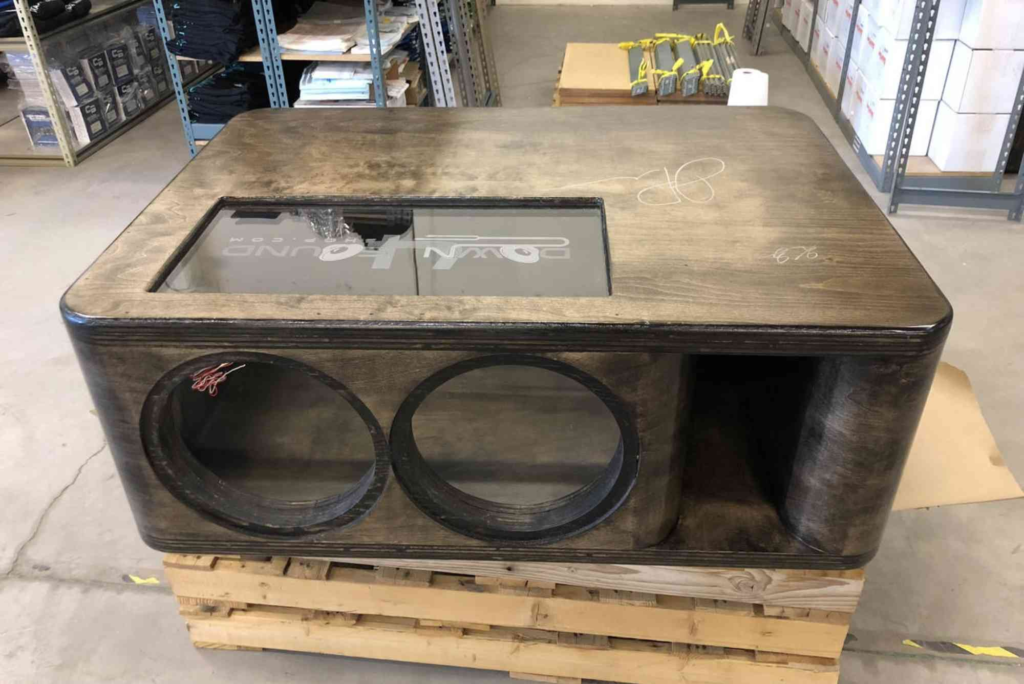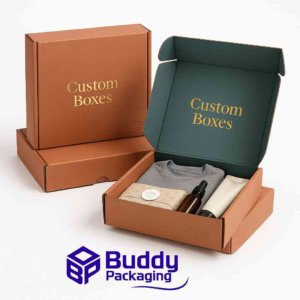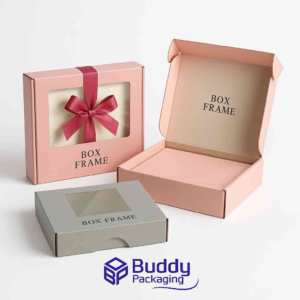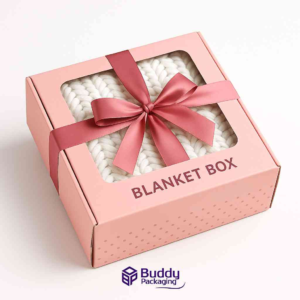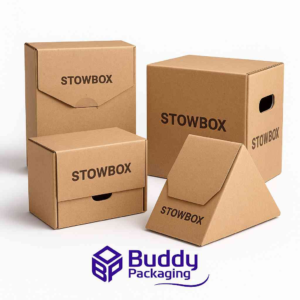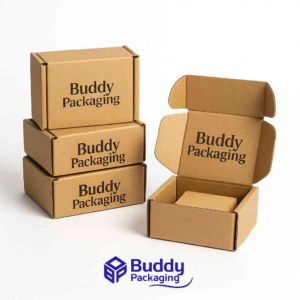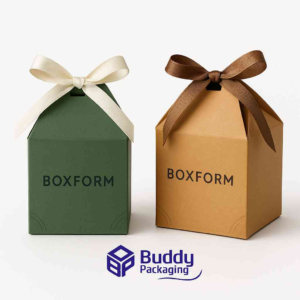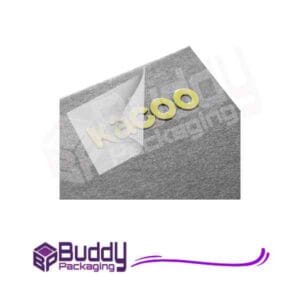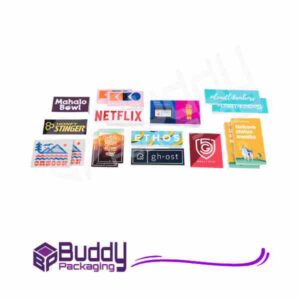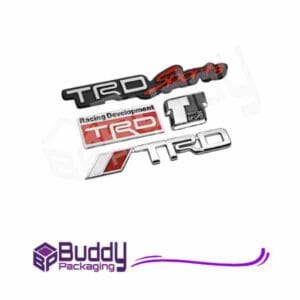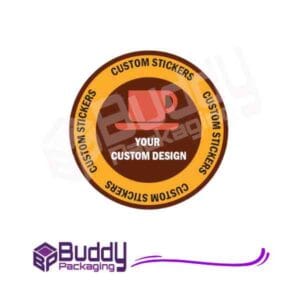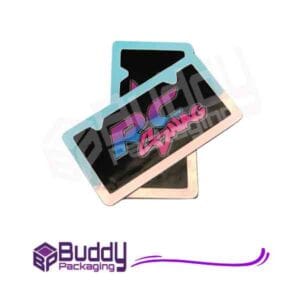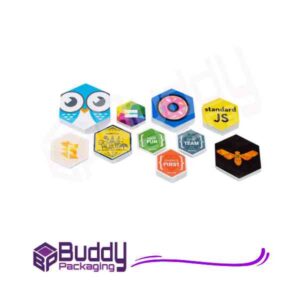Custom Speaker Box Designs: The Ultimate Guide to High-Performance Audio Enclosures
Creating the perfect sound experience starts long before you connect an amplifier or press play. It begins with the enclosure itself, and that is where custom speaker box designs come in. A finely engineered speaker box shapes sound quality, enhances performance, reduces distortion, and gives your setup a signature aesthetic. Whether you’re an audiophile, a DIY audio builder, or a brand crafting premium products, understanding how custom designs work will help you achieve professional-grade results.
In this guide, you’ll dive deep into enclosure types, acoustic engineering, materials, finishing techniques, and expert-level strategies that elevate your speaker builds. Along the way, you’ll find valuable insights, helpful internal resources, and practical tips inspired by real-world experience in audio fabrication and design.
Understanding the Role of Custom Speaker Box Designs in Audio Performance
The enclosure controls how air moves inside the box and how sound exits the speaker. Custom designs allow you to shape this airflow, manage internal pressure, and reduce unwanted resonances. As a result, the speaker delivers cleaner bass, tighter mids, and better overall clarity. When you customise the size, materials, port tuning, and internal structure, you create a box tailored to your speaker’s exact behavior.
How Custom Speaker Box Designs Improve Sound Quality
Every speaker driver has ideal operating conditions. A generic enclosure rarely matches these requirements. Customisation lets you build around the driver’s Thiele-Small parameters so the frequency response becomes smoother and more accurate. You also gain control over energy dispersion, cabinet vibration, and standing waves. This leads to a more refined listening experience, whether the goal is crisp home audio, deep car bass, or studio-grade transparency.
Selecting the Right Materials for Custom Speaker Box Designs
Material selection influences durability and tonal character. MDF remains a popular choice because of its density and stability. Birch plywood offers excellent strength for touring setups, while composite materials reduce vibration. Thick panels prevent resonance, and proper bracing ensures the structure remains rigid at high volume levels. The right materials also support professional-grade finishes that enhance aesthetics.
Choosing the Best Enclosure Type for Your Needs
Different applications require different enclosure styles. Sealed boxes provide tight and controlled sound, making them ideal for accuracy. Ported boxes deliver deeper bass by enhancing airflow. Bandpass enclosures maximize output in specific frequency ranges. Each configuration shapes performance differently, so custom designs let you tailor the box to your goals.
The Importance of Precision in Custom Speaker Box Designs
Even small errors in volume, port length, or internal damping can change the sound. Precise calculations ensure the enclosure aligns with the driver’s specifications. Builders often use modeling software or measured performance tests to confirm alignment. When the design is accurate, the speaker produces cleaner audio with reduced distortion.
Aesthetic Customisation and Professional Finishes
Visual appeal matters as much as performance for many users. Custom finishes allow you to match home décor, brand identity, vehicle interiors, or stage environments. Options include vinyl wraps, painted surfaces, textured coatings, or engraved branding. For more ideas on advanced production methods, explore print & finishing insights at.
Professional finishing elevates a speaker box from functional hardware to a statement piece.
Why Brands Use Custom Speaker Box Designs for Product Identity
A well-designed speaker enclosure communicates craftsmanship and attention to detail. It helps brands stand out with unique shapes, premium textures, and structural innovations. Many companies rely on tailored packaging solutions as well. For businesses that need premium display or shipping options, you can explore Custom Boxes here.
How to Build a Durable and Stylish Speaker Box
Durability is essential for daily use, transportation, and long-term performance. Strong joints, internal bracing, reinforced corners, and moisture-resistant finishes extend lifespan. A stylish enclosure also enhances user perception and market value. Whether you produce in small batches or at scale, craftsmanship directly affects brand trust.
The Benefits of Custom Speaker Box Designs in Home Audio
Home audio systems benefit greatly from custom enclosures. The design can be optimized for room acoustics, speaker placement, and décor style. This helps produce richer bass and a more immersive soundstage. You can also match furniture, integrate storage, or hide wires for a high-end, clutter-free aesthetic.
Custom Speaker Boxes for Car Audio Enthusiasts
Car audio requires specialized engineering. Vehicle cabin space, trunk dimensions, and vibration levels influence design choices. Custom enclosures ensure the speaker performs well in tight spaces and delivers strong low-frequency output. From sealed trunk boxes to under-seat enclosures, customisation ensures ideal performance within automotive constraints.
Studio-Grade Speaker Box Designs for Professionals
Recording studios prioritize accuracy. The enclosure must minimize coloration and maintain a flat frequency response. Custom studio designs focus on internal damping, dense materials, and strict engineering tolerances. These boxes allow producers and engineers to make confident mixing decisions.
Choosing the Right Finish and Branding Elements
Branding plays a vital role for commercial builders. Logos, textures, and panel treatments create a recognizable identity. You can choose engraved aluminum tags, UV-printed graphics, or textured coatings depending on your style. Consistency across your product line improves brand recognition and perceived quality.
Acoustic Engineering Principles Behind Custom Designs
Custom enclosures use several engineering principles. These include airflow tuning, standing wave management, damping treatment, and bracing geometry. Buddy Packaging Location Each factor influences clarity and bass response. When balanced correctly, the box becomes an extension of the speaker driver itself, improving output and listening comfort.
Advanced Manufacturing Techniques in Speaker Box Fabrication
Modern fabrication includes CNC cutting, 3D modeling, laser engraving, and automated painting. These technologies deliver precise cuts, complex shapes, and flawless finishing. Automation also ensures consistent quality across large production runs.
Where to Find Local Manufacturers for Custom Speaker Box Designs
Local craftsmen and fabrication shops often excel in customised builds. If you are near Buddy Packaging, you can explore their location and services here.
Visiting a manufacturer allows you to discuss dimensions, materials, and finishing in person.
DIY vs Professional Custom Speaker Box Designs
DIY builders enjoy creative control and cost savings. Professionals offer expertise, advanced tools, and engineering accuracy. For beginners, it’s best to start with sealed boxes, as they’re easier to build. Professionals can handle complex bandpass or tuned port designs.
Troubleshooting Common Issues in Speaker Box Construction
Rattling sounds often result from loose panels or poor bracing. Muffled bass may come from incorrect box volume. Air leaks around the port reduce clarity. Damping material can help manage internal reflections. Measuring and testing during the build prevents these issues early.
Maximizing Sound Efficiency Through Customisation
The right combination of port tuning, damping, and bracing enhances efficiency. This allows the speaker to play louder with less power. By adjusting the enclosure design, you can improve responsiveness and reduce stress on the driver.
Environmental Considerations in Speaker Box Manufacturing
Eco-friendly practices include using sustainable plywood, low-VOC adhesives, and recyclable hardware. Many modern brands integrate environmentally conscious choices into their production lines without sacrificing performance.
Future Trends in Custom Speaker Box Designs
Expect more digital modeling, composite materials, and modular designs. Brands are also exploring curved acoustic structures and hybrid enclosures. As technology evolves, customisation becomes more accessible to everyday makers.
FAQs
What material is best for a speaker box?
MDF is widely used because it is dense and reduces vibration. Birch plywood is strong and ideal for portable systems.
Does the size of a speaker box matter?
Yes. The internal volume must match the speaker’s specifications to achieve accurate bass and clean sound.
Is a sealed or ported speaker box better?
Sealed boxes offer tight accuracy. Ported boxes deliver deeper bass. The choice depends on your listening preferences.
How thick should speaker box walls be?
Most builders use panels between 18mm and 25mm thick to minimize resonance and improve stability.
Can a speaker box be any shape?
Yes, but internal volume and acoustic behavior matter more than external shape. Designs must follow engineering principles.
Custom enclosures transform ordinary speakers into powerful, finely tuned audio systems. By understanding materials, design principles, acoustics, and finishing options, you can build or commission a speaker box that performs beautifully and looks exceptional. Whether you’re creating a home theater upgrade, a car audio build, or a professional studio monitor, the right design makes all the difference.

